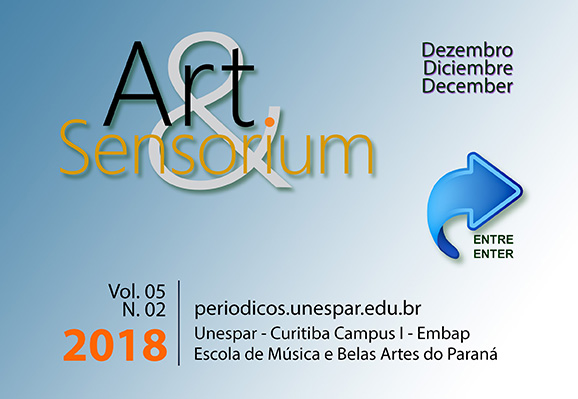Guido Crepax – Valentina – The Shape of Her Time
DOI:
https://doi.org/10.33871/23580437.2018.5.2.49-58Keywords:
Crepax, women representation, Valentina, Italy, comic books, 1960sAbstract
The paper will focus on the analysis of Guido Crepax revolutionary comic book character Valentina that belongs to the golden age of the Italian comic-book genre fumetto. The aim is to explore whether Guido Crepax Valentina character was a "living doll" filling male fantasies of her creator or she was a woman empowered by her author struggling for many of the values of the women's culture that feminists today are trying to introduce into the mainstream. It also addresses research questions that focus on comic books and gender and empowerment at the decade of sexual liberation.
Through Valentina case study the present paper is going to study an approach on the concept of woman in comics, and touch the border of female empowerment issue in contemporary world taking in consideration that her revolutionary strong and independent figure was born in a society where women have been frequently viewed as passive and represented as inferior to men and where questions of sexuality were considered taboo. Despite the fact that she angered some feminists by the way she was portrayed as an object of male gaze or a damsel in distress, there is nothing anti-feminist about Valentina. The aim here is to uncover feminist themes in the stories of Valentina and to explore what empowered her and made her a contemporary icon of style and symbol of liberated women.
Downloads
Downloads
Published
Issue
Section
License
Copyright (c) 2022 International Interdisciplinary Journal of Visual Arts - Art&Sensorium

This work is licensed under a Creative Commons Attribution 3.0 Unported License.
Authors who publish with this journal agree to the following terms:- Authors retain copyright and grant the journal right of first publication with the work simultaneously licensed under a Creative Commons Attribution License that allows others to share the work with an acknowledgement of the work's authorship and initial publication in this journal.
- Authors are able to enter into separate, additional contractual arrangements for the non-exclusive distribution of the journal's published version of the work (e.g., post it to an institutional repository or publish it in a book), with an acknowledgement of its initial publication in this journal.
- Authors are permitted and encouraged to post their work online (e.g., in institutional repositories or on their website) prior to and during the submission process, as it can lead to productive exchanges, as well as earlier and greater citation of published work (See The Effect of Open Access).


